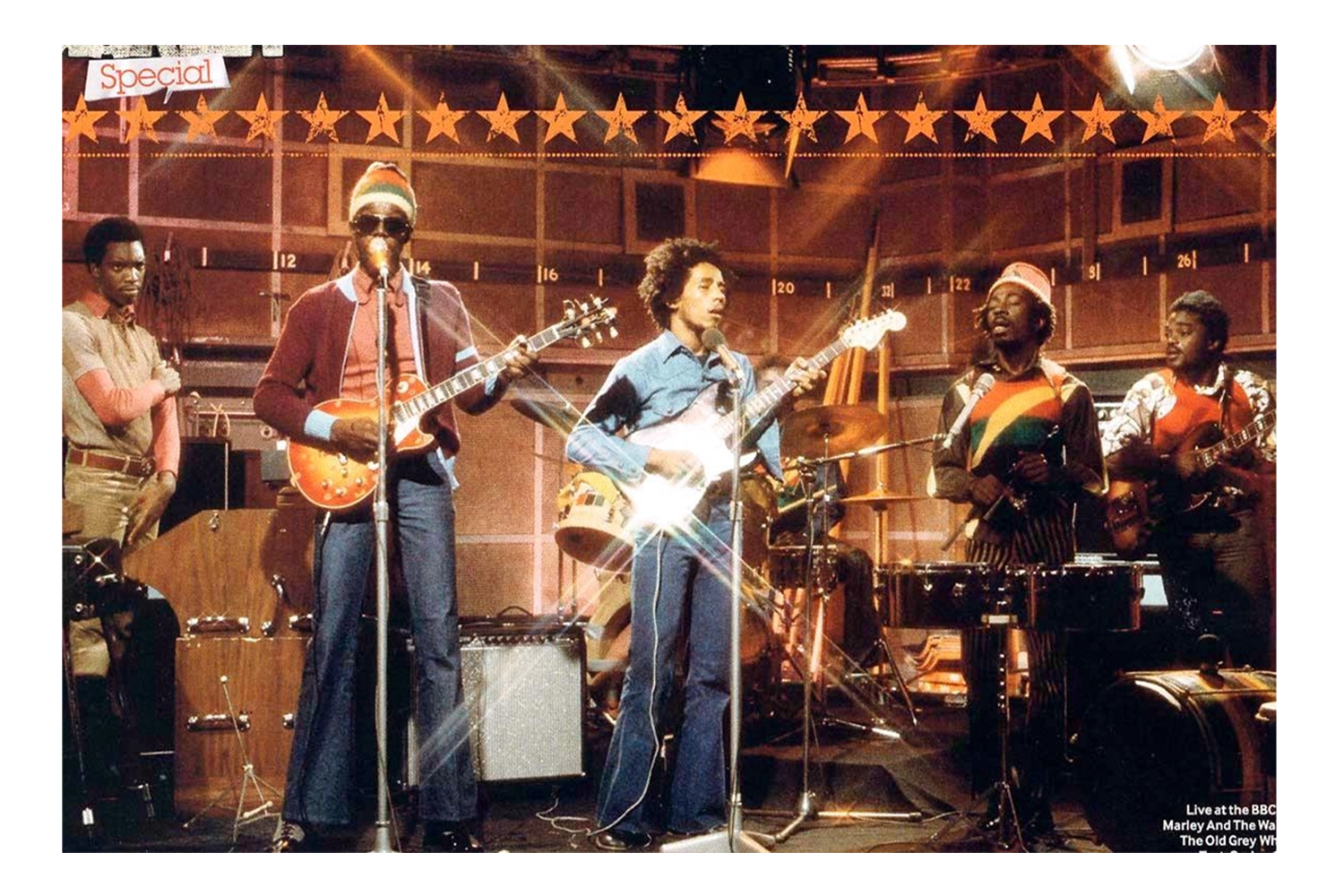‘Catch a Fire’, the album regarded as responsible for catapulting Bob Marley, Peter Tosh, and Bunny Wailer to global stardom, has clawed its way back onto Billboard’s Reggae Albums chart 50 years after its release.
Along with ‘Exodus’ and ‘Rastaman Vibration’, ‘Catch a Fire’ made its resurgence into the Top 10 of the chart, nestling at No. 6, with the other two albums re-enterurnsng at No. 9 and No. 10, respectively.
A subject of contention for many years, the critically acclaimed ‘Catch A Fire’ was released in April 1973 and distributed worldwide, a year after Bob Marley and his compatriots Peter Tosh and Bunny Wailer, (then The Wailers) signed a contract with Island Records.
The album, which is regarded as the catalyst which also helped to put Reggae on the world map, was recorded mainly at Dynamic Sounds, Harry J and Randy’s studios in Kingston. According to the official Bob Marley website, the album was “originally recorded by the Wailers in Jamaica and eventually released with overdubs and a mix overseen by island founder Chris Blackwell at the label’s London headquarters.”
The website also says that “although Bob Marley may have been the main voice” on the album, “every member of the Wailers made valuable contributions and they were never more united in their vision and sound.”
The album contains nine songs, two of which (‘400 Years’ and ‘Stop That Train’) were written and composed by Peter Tosh. The others, ‘Kinky Reggae’, ‘Baby We’ve Got a Date’, ‘No More Trouble’, ‘Stir It Up’, ‘Midnight Ravers’, and ‘Slave Driver’, were written by Bob, as well as ‘Concrete Jungle’, on which the late Robbie Shakespeare, then 21 years old, played the bass guitar. Upon release, ‘Catch A Fire’ had peaked at No. 171 on Billboard’s 200 Chart and reached No. 51 on the R&B chart.
In February 2012, at the 15th Annual Bob Marley Lecture at the University of the West Indies (UWI), Mona, Professor Mike Alleyne in discussing how the studio albums the Wailers released through Island Records during Bob Marley’s lifetime were “recorded, packaged, and critically received”, noted that ‘Catch a Fire’ was used by Island Records to create a reggae-marketing template.
The professor highlighted the Rock influence, which he said was established by Island’s Chris Blackwell from the start as the intention was “to establish Marley as a black rock act.”
He said that the original recording from Kingston was not only substantially remixed in England, “de-emphasising the bass frequencies, but keyboard and guitar overdubs gave a distinctive rock tinge to the album.” According to him, Tony Platt, the engineer for the mixing sessions, made it clear that Bob Marley was there from the very start and was very much a part of the process and “quite aware of where it was going to take him” even while cognizant that “it was a message he wanted to get across.”
In September 2010, the BBC reported that an attempt by the Marley family to obtain the copyrights for ‘Catch A Fire’ and his best-known recordings ‘Natty Dread’, ‘Rastaman Vibrations’ and ‘Exodus’ had “been thwarted” in New York, by Judge Denise Cote, who ruled that Universal Music Group (UMG) owned the copyright to the five albums the Gong recorded between 1973 and 1977 for Island Records.
Bob’s widow Rita Marley and his children had sought millions in damages for Universal’s alleged attempts to “exploit” his recordings, accusing the company of “intentionally withholding royalties from their Fifty-Six Hope Road Music company”, and among other things, failing to consult with them on key licensing decisions, among them the use of Marley’s music on ringtones, according to the lawsuit.
The judge had however, ruled that Marley’s recordings were “works made for hire” as defined under US copyright law and as a consequence, “entitled UMG to be designated the owner of those recordings as the parent company of Island Records”.
‘Exodus’, the second album which re-charted, was released in June 1977, six months after Bob Marley survived an assassination attempt in Jamaica on December 3, 1976, and later went into self-imposed exile in London.
‘Exodus’, which was named Time Magazine’s Greatest Album Of The 20th Century, consisted of tracks such as ‘Natural Mystic’, ‘So Much Things to Say’, ‘Guiltiness’, ‘The Heathen’, ‘Jamming’, ‘Waiting In Vain’, ‘Turn Your Lights Down Low’, ‘Three Little Birds’ and ‘One Love’.
The third album ‘Rastaman Vibration’ re-entered the chart for the second time in five months. The LP, which contains songs such as ‘Who the Cap Fit’, ‘Crazy Baldhead’, and ‘War’, had entered the Billboard Reggae Albums chart in November last year, for the first time ever, and debuted at No. 4, That occasion marked the first time the album had ever appeared on the Billboard Reggae Albums chart, despite being released more than four decades ago.




